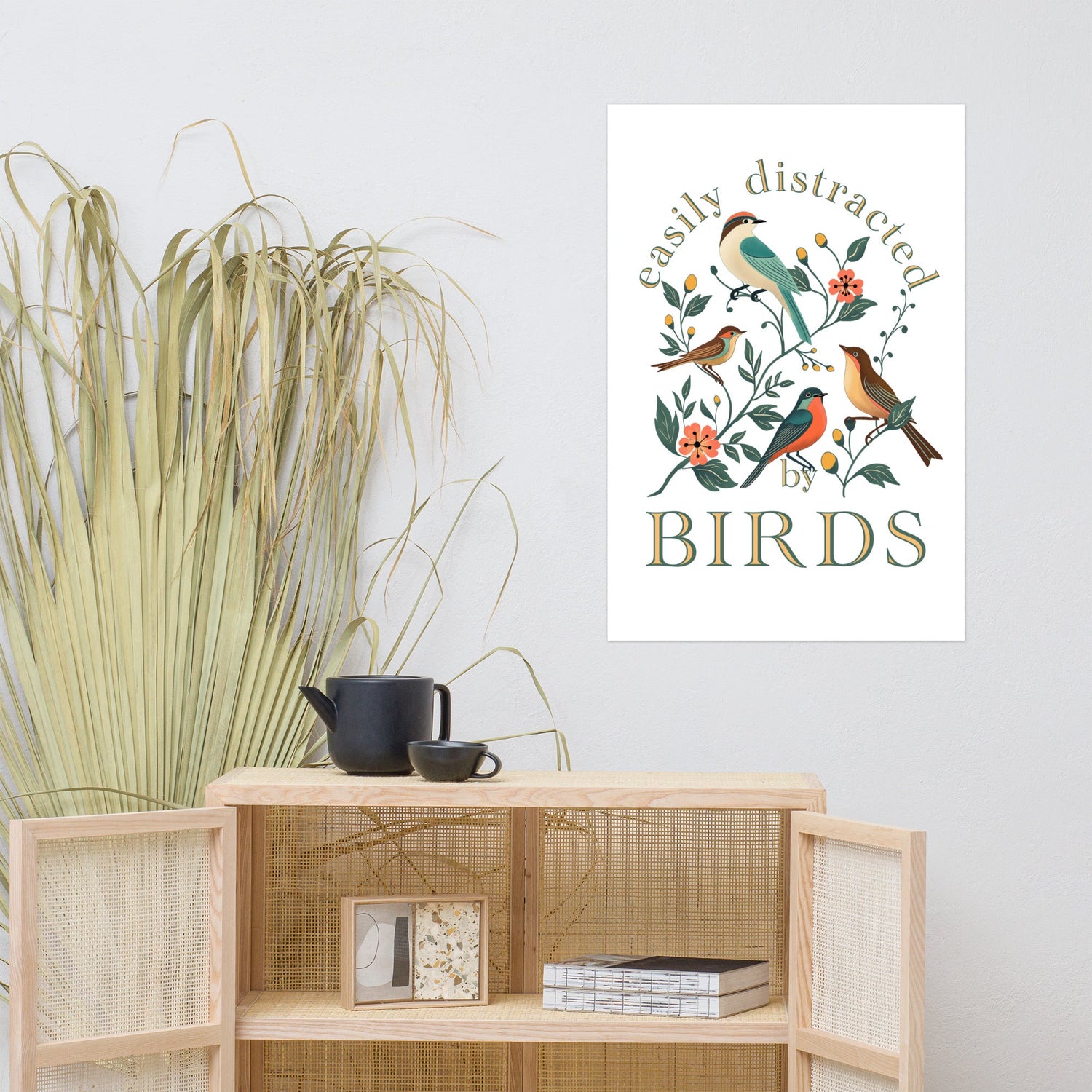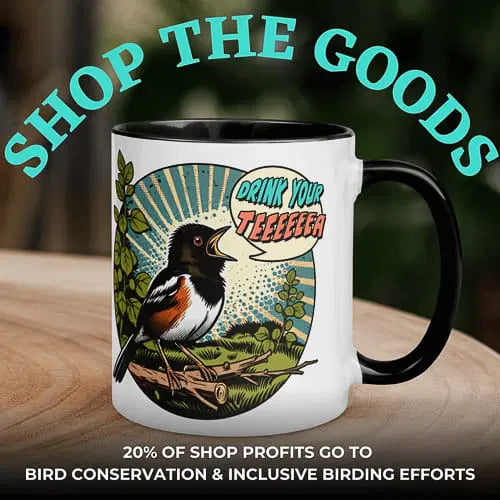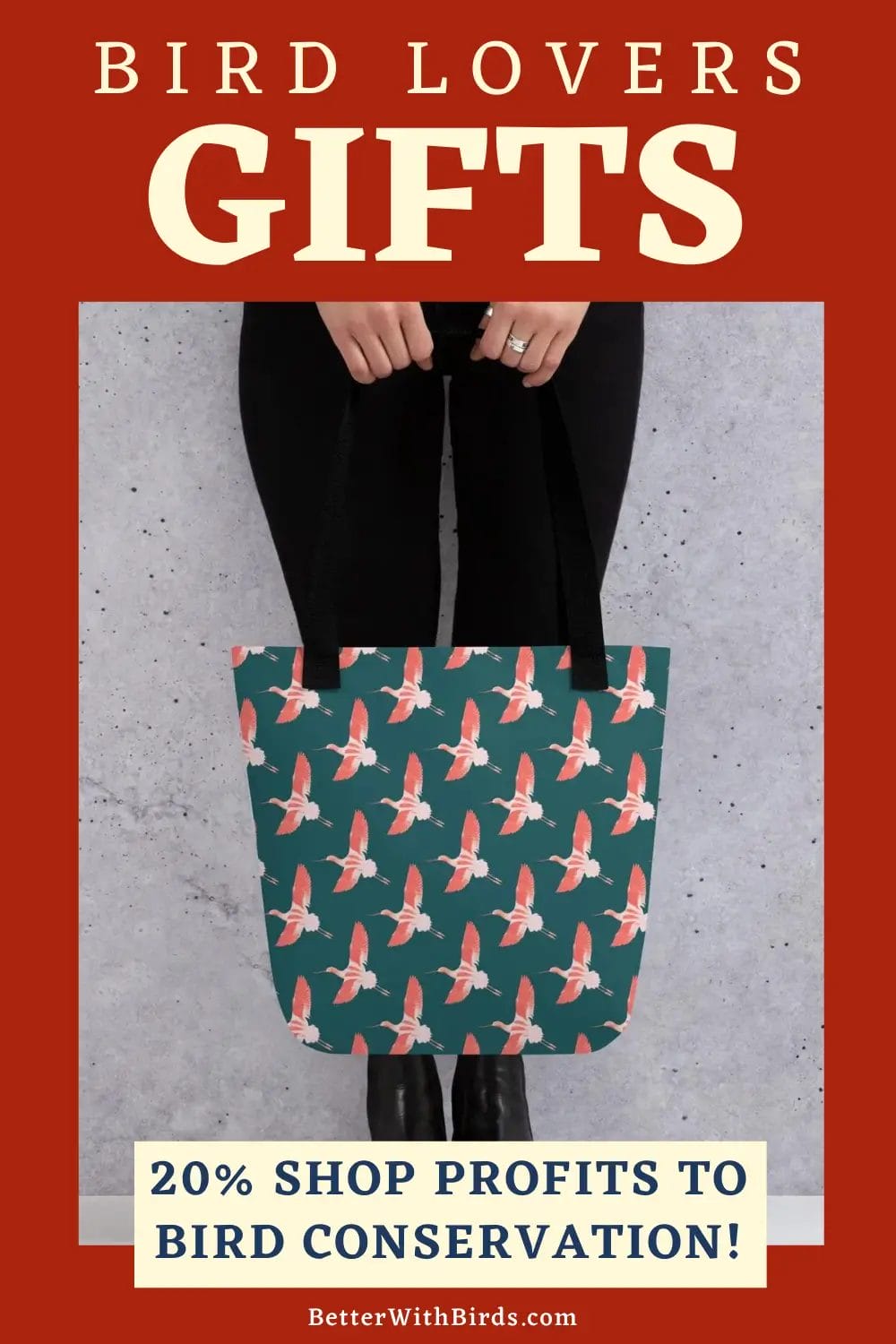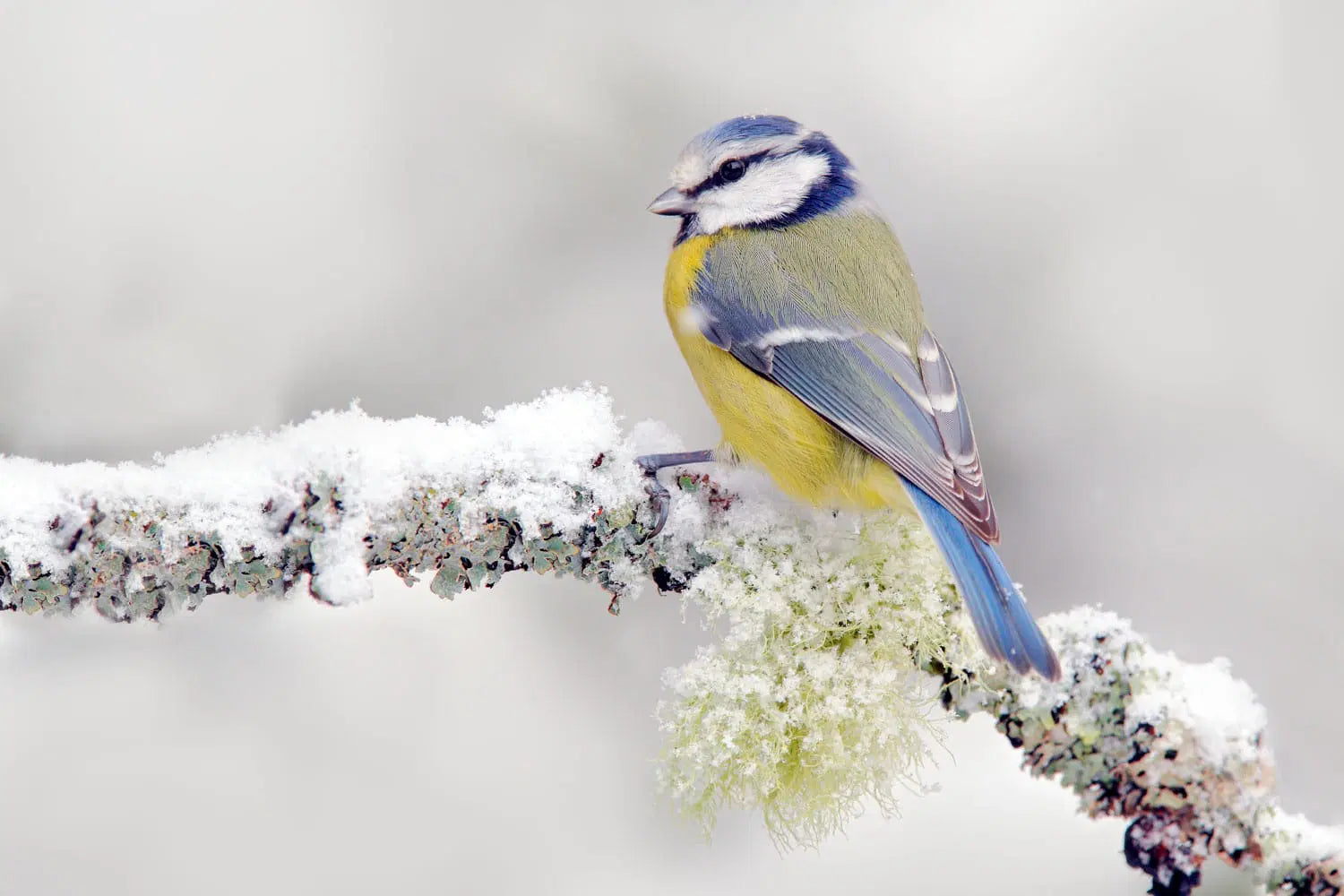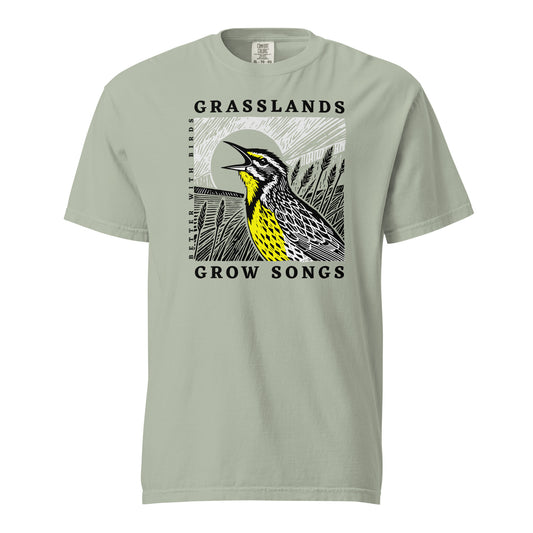Fall Gardening Tips to Keep Birds Visiting Longer
Feature Photo: Craig Sterken / Shutterstock
Read Time: 7 minutes
Backyard Birding , Attracting Birds , Bird-Friendly Yards
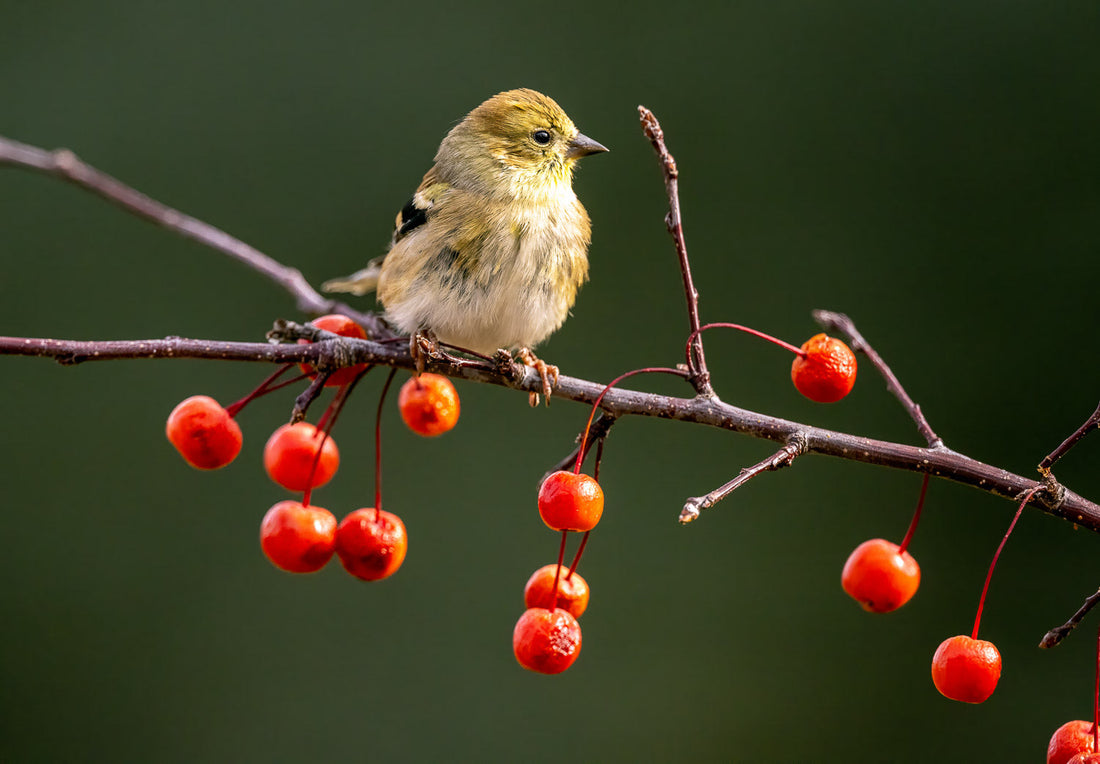
This post contains affiliate links. If you use these links to buy something, we may earn a commission at no additional cost to you. We only recommend products we fully support or use ourselves. Our full disclaimer
PIN THIS FOR LATER

Contents
Fall, that much-needed pause between surviving the heat of summer and hunkering down for winter. In this season of quiet transformation, there's a sense of balance and clarity as the days shorten, the air feels crisper, and the world seems to exhale.
While we’re over here sipping cider and settling into sweater weather, birds are either gearing up for epic migrations or hunkering down to brave the cold. That’s why your yard matters as much as ever during the fall season. With a few tweaks (and a lot less yardwork, thank goodness), you can turn your yard into the ultimate bird B&B—think endless seed buffets, cozy roosting nooks, and a no-judgment zone for bulking up before winter.

Photo byKate Stock / Shutterstock
1. Skip the Fall Cleanup
You know those leaves you’re supposed to rake up? Don’t. Seriously. Fallen leaves are where insects like to hide and—too bad for the insects—where hungry birds know where to find them. Leave the leaves and you'll make sure birds can find the fuel they need. Plus, leaves break down into nutrient-rich mulch, giving your garden a boost come springtime. In fact, you can even dedicate a little space for a mulch garden!
Speaking of lazy gardening, have deadheading flowers on your to-do list? Well, scrap that one, too, my friend. Seed heads are the bird equivalent of free vending machines. Finches, chickadees, and other seed-lovers will flock to your yard for snack time, and you didn’t even have to lift a finger. And, dead stems? Keep ’em, too. Insects like to hide there, and insect-eating birds know just where to look.
By keeping your garden “messy” through autumn, you help feed birds by ensuring they have the natural food sources they need.
We give 20% of all shop profits to bird conservation & inclusive birding efforts.
2. Go Easy on the Pruning
We're serious about being lazy this fall, y'all! Pruning might make your garden look neat and tidy, but those scraggly branches and overgrown hedges? They’re prime real estate for birds that rely on overgrown areas to find food and refuge. Some birds, like woodpeckers, prefer trees with dead branches and insect-infested bark. Yummmmmmmm.
By delaying your pruning until late winter or early spring, you’re leaving a lifeline for birds and other wildlife that depend on these microhabitats. Plus, waiting to prune reduces the risk of frost damage and disease. The more you know, right?
So, if you’ve got a dead tree or two, consider leaving them standing (so long as they're not a hazard for us land dwellers).

Photo by Andrew Angelov / Shutterstock
3. Plant Native Plants
Okay, now we’re asking you to actually do something. Fall is the ideal time to plant native trees and shrubs, helping to create a long-term bird-friendly habitat in your yard. The cooler temperatures and increased rainfall of autumn provide the perfect conditions for establishing strong root systems before the ground freezes. By planting now, you’re giving your trees and shrubs a head start, ensuring they’ll be ready to thrive come spring.
When choosing native trees and shrubs, consider your local climate, soil type, and the types of wild birds you hope to attract. Consult with local nurseries or extension services to select the best options for your area.
On top of sticking to native plants, it's also important to avoid pesticides and herbicides. Fall is a time when insects play a critical role in supporting birds, particularly for species that rely on protein-rich diets to fuel migration or feather growth. By avoiding chemicals, you’re preserving native species that help birds survive.
We give 20% of all shop profits to bird conservation & inclusive birding efforts.
4. Offer Extra Shelter
While native trees and shrubs provide natural roosting spots for birds, sometimes the gusty winds and chilly nights of fall demand additional measures. By offering extra housing options like roosting pockets and roosting boxes, you can create safe spaces for birds to rest and conserve energy as they prepare for winter.
Roosting pockets are small, woven shelters designed to mimic natural cavities. They provide excellent protection from the elements, but if you're looking for something a bit more hearty and spacious, install a few roosting boxes. They accommodate multiple birds at once, providing a little extra warmth and safety.
Need some help picking out one (or two)? Here are a few of our fave's:
- We adore this pretty little pocket. What's better than cozy and stylish?
- Looking for something a bit sturdier? Check out this mounted roosting pocket.
- And sturdier yet, this roosting box from Sisterbird.
Choose designs with an entrance size that fits the birds you're hoping to house and position them high enough to keep out ground-based predators. Securely place them in locations with minimal exposure to prevailing winds and you'll be set!

Photo by Ashley-Belle Burns / Shutterstock
5. Upgrade the Snack Section
Fall is basically nature’s version of bulking season, and birds are not messing around. Some migratory birds need to double their body weight before embarking on their epic journeys, and your year-round resident birds? They’re carb-loading like it’s a marathon of winter survival. (And, honestly, same.)
So how do you help? By offering a buffet that even the pickiest bird would Yelp five stars! High-fat snacks like black-oil sunflower seeds, suet, peanuts, and safflower seeds are the avian equivalent of energy bars. They’re calorie-dense, nutrient-packed, and exactly what birds need to stay fueled. Want to attract a wider variety of birds? Toss in some nyjer seed for finches, or cracked corn to keep ground feeders like sparrows and doves happy.
Providing a variety of foods—and feeders—ensures that all the birds eat well. Install tube feeders, hopper feeders, and suet cages to accommodate different bird species and their food preferences. Bonus points for feeders with weather guards to keep everything dry and frost-free.
6. Light the Way Responsibly
As the days get shorter and the evenings get cozier, it’s tempting to add more outdoor lighting to keep the vibes alive. But here’s the thing: while string lights and lanterns might set the mood for you, they can throw migrating birds completely off course. Bright, constant lights disorient them, leading to exhaustion, collisions, and general bird chaos—not the seasonal magic we’re aiming for.
Instead, keep things bird-friendly by using motion-activated lights or yellow-toned bulbs that don’t disrupt their internal GPS. Shielded fixtures are another smart choice—they minimize glare, making your yard safer for birds and easier on the eyes for everyone.
Hosting an evening hangout? Try lanterns or dimmable outdoor lights that keep things soft and cozy without turning your yard into a birdie blackout zone. Not only will you create a peaceful vibe, but you’ll also ensure the skies stay safe for your feathered travelers.
By dialing down your outdoor lighting, you’re supporting safe migratory pathways and crafting a chill, serene space for both birds and humans. Win-win.
(Psst, spread the word about the negative impact of light pollution on migratory birds with our "Dark Skies Saves Lives" tee shirt.)

Photo by Evelyn Joubert / Shutterstock
7. Keep the Water Flowing
In fall, natural water sources dwindle due to cooler temperatures and reduced rainfall. You can step up to the plate (or, better, bowl) by incorporating a bird bath into your garden. Whether you have an acre of land or are managing a small space garden on your patio, even a shallow dish of water can provide a much-needed drink and a place to splash around for visiting birds.
If you’ve got a birdbath, place it near shrubs or trees to give birds quick access to shelter, then all you need to do it keep it clean and full. If you're feeling particularly generous, which, duh, of course you are when it comes to helping out birds, invest in a birdbath heater or add a small fountain (or Water Wiggler, which we love) to keep the water moving as temperatures drop.
We give 20% of all shop profits to bird conservation & inclusive birding efforts.
Cheers to a Bird-Friendly Fall!
Fall isn’t just a season of change; it’s a season of opportunity to support our feathered friends when they really need it. Your yard can make all the difference while they’re out here navigating epic migrations or figuring out how to make it through winter.
One more item we almost missed: let’s not forget about the youngest members of the bird world. While spring gets all the glory for baby birds, fall can be just as critical. Fledglings born late in the season are learning to fend for themselves, mastering the art of foraging, and gearing up for their first migration or winter. By leaving food, shelter, and water accessible, you’re giving them a fighting chance.
Being a bird hero isn’t about perfection—it’s about helping where you can, but also sitting back and letting things get a little wild. Skip the rake, save the seed heads, and embrace the mess. In return, you’ll get a yard full of life, color, and the satisfaction that you helped birds prepare for the cold months ahead.
Before You Dig Out the Rake...
Fall gardening isn’t just about tidying up—it’s about creating a seasonal sanctuary that birds will remember (and return to). Whether you’re planting late-bloomers, leaving seed heads for foragers, or just standing outside breathing in that spicy-leaf air, you’re part of the cycle.
And if your compost pile is outdressing you, well... we’ve got solutions.
🛒 Explore our fall-ready favorites:
- Our unique line of Coffee Mugs pairs perfectly with cool mornings and cardinal sightings.
- Our fun bird bags and totes are great for garden tools, seed packets, or spontaneous leaf-peeping hikes.
- Wrap up in one of our ridiculously soft bird sweatshirts while plotting your next native plant haul.
Because fall isn’t the end—it’s a really cozy beginning.
